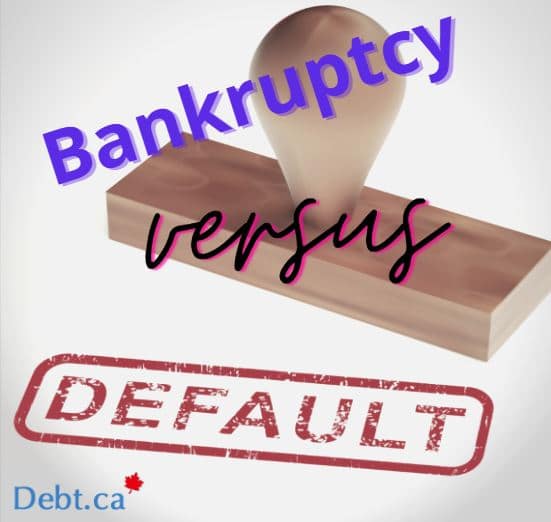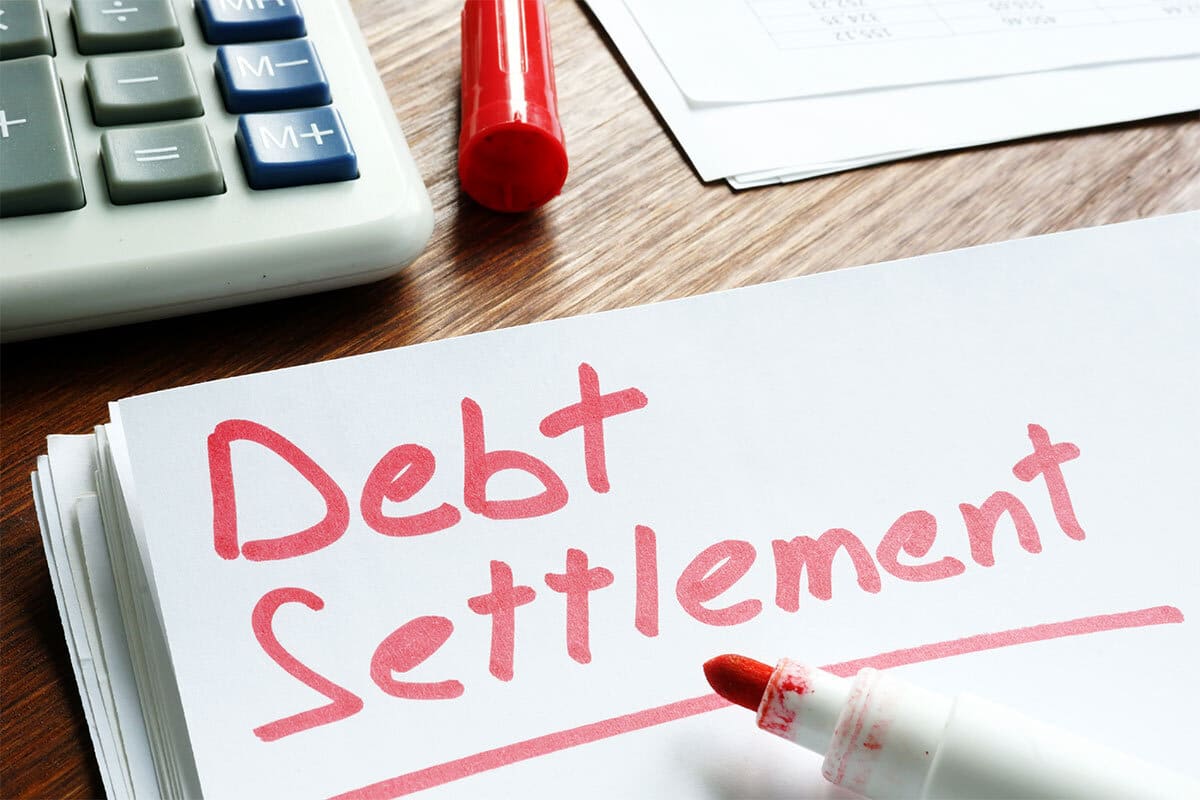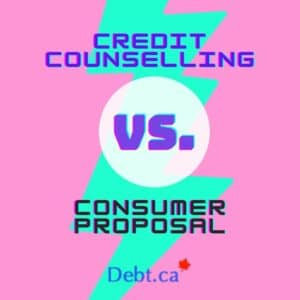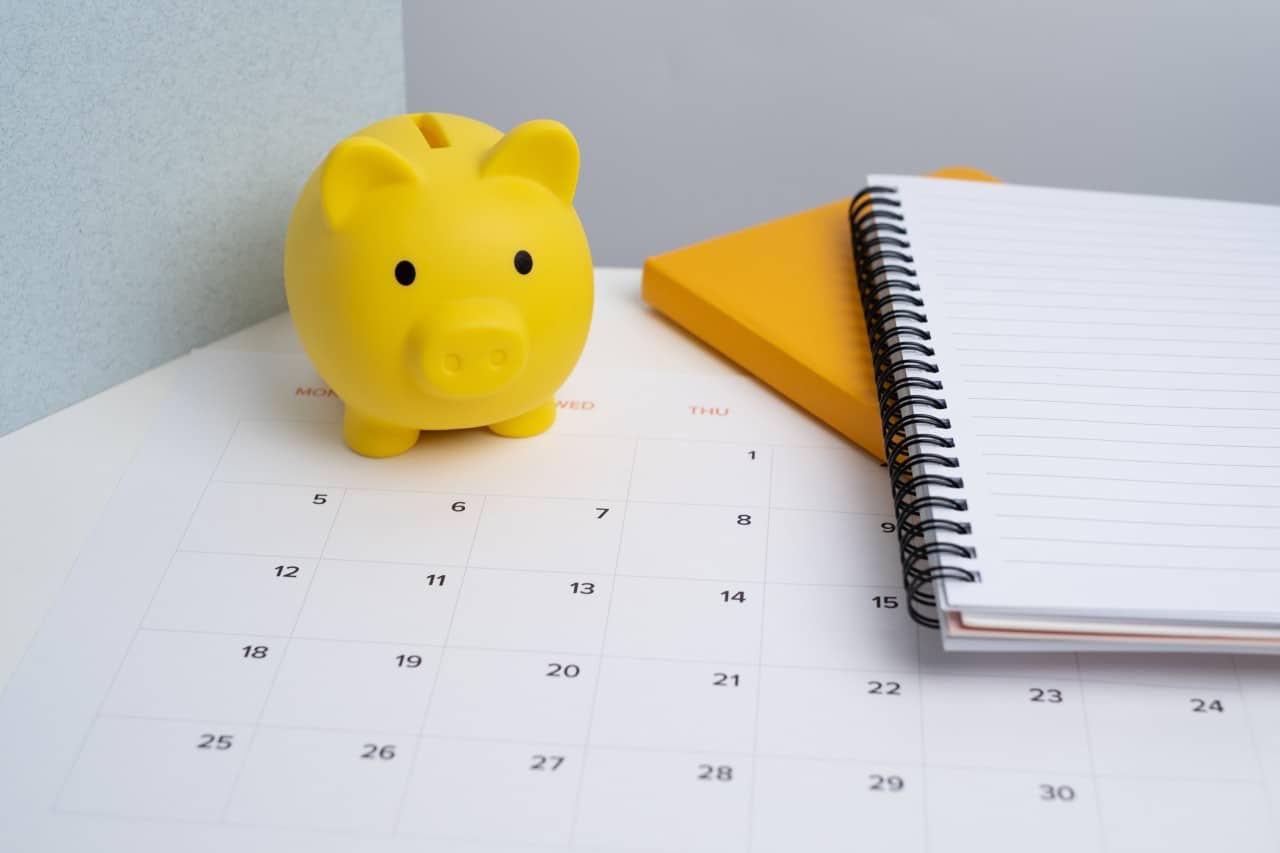Folks who have debt problems consider various debt-relief options to overcome their financial situation. Most people in debt will likely think of filing for bankruptcy to get rid of their unsecured debts, but taking this approach has its disadvantages.
That’s why alternatives to bankruptcy like Orderly Payment of Debt (OPD program) and a consumer proposal are reasonable solutions to take to solve your debt problems.
If you’re living in the provinces of Nova Scotia, Alberta, Saskatchewan, and Prince Edward Island in Canada, you can consider OPD as a debt repayment program. It is offered under the Bankruptcy and Insolvency Act of Canada.
To learn more about Orderly Payment of Debt and a consumer proposal, let’s compare the two alternatives to bankruptcy.
Orderly Payment of Debts vs. Consumer Proposal
| Orderly Payment of Debts | Consumer Proposal |
|---|---|
| Pay your debt over a maximum of 5 years with an annual interest rate of 5% | Pay off a percentage of your total unsecured debts in the form of a lump sum, an installment payment for 3 to 5 years, or a combination of both |
| OPD will stay on your credit report for 2 years after you’ve completed the program | The consumer proposal will be shown on your credit report for 3 years after program completion |
| You can’t apply for any credit while under OPD | You can’t apply for a new credit card unless it’s a secured or prepaid credit card |
| Available to only a few provinces in Canada, such as to residents in Alberta, Saskatchewan, Nova Scotia, and Prince Edward Island | A debt-relief program sanctioned by the government of Canada and available throughout the country |
Application Process: LIT submission vs. Consolidation Counsellor
Here’s how to file for an Orderly Payment of Debt:
- Contact a local administrator. If you’re a resident in a province where OPD is legislated, then you can go to a local administrator to arrange a debt repayment to your creditors. They will discuss your financial situation and the terms of the debt repayment arrangement.
- Court application. A consolidation order will be applied in court by the local administrator. This order aims to combine your unsecured debts into one monthly payment (like a debt consolidation loan) at a fixed interest rate of 5%. It will also carry out a Stay of Proceedings that will stop your creditors from collecting money from you or filing lawsuits against you.
- Make payments every month. You’ll be making payments every month to the local administrator, who will then send the money to your creditors quarterly. The payment term depends on your income and capability to pay, but typically it takes a maximum of 5 years to complete the program.
Now, here’s how you apply for a consumer proposal:
- Seek help with a Licensed Insolvency Trustee (LIT). Meet with a LIT and discuss your financial situation. If the LIT thinks a consumer proposal is right for you and you agree with it, the LIT will develop a proposal that suits you and your creditors.
- File the proposal. The Office of the Superintendent of Bankruptcy is the government agency through which the LIT will file the consumer proposal. After the LIT has filed, direct payments to your creditors will be stopped. At this time, your creditors can’t compel you to make payments to what you owe or file lawsuits against you.
- Present the proposal to your creditors. The LIT will present the consumer proposal to the persons or business entities to whom you’re indebted. Your financial situation and the reasons you’re having difficulties paying your debts will be stated in the consumer proposal.
- Make payments. If your creditors accept the consumer proposal, you can now make a lump sum payment or installment payments to the LIT, who will then send the money to your creditors. Once you meet the conditions in the proposal, you’ll be legally released from your debts.
Benefits to the Debtor: OPD vs. Consumer Proposal
Each of the two debt-relief options has its own benefits to the debtor. Here are the advantages of an OPD and consumer proposal.
Pros of Orderly Payment of Debts
- It’s a legally instituted program by the provincial government.
- You won’t have to pay start-up fees.
- The annual interest rate is fixed at 5%.
- Protection against any efforts of your creditors to collect payments from you.
- Protection against lawsuits by your creditors.
- All your unsecured debts are merged into a single repayment program.
- Credit counsellors will assist and guide you in every step of the process.
- There are free seminars and training on personal finance that you can participate in while under the program.
Pros of Consumer Proposal
- You only pay a percentage of your entire unsecured debts to your creditors to be legally released from your indebtedness.
- A majority of the creditors must agree to the terms of the proposal.
- Creditors cannot file lawsuits against you after the proposal is filed to the Office of the Superintendent of Bankruptcy.
- You’ll stop receiving collection calls from your creditors after the filing.
- The Licensed Insolvency Trustee will be the one who will go into a negotiation and communicate with your creditors.
- Filing a consumer proposal will protect your assets against any action to sell them to pay off your debts.
- When creditors agree to the consumer proposal, the total payment you have to make is fixed even if you obtain surplus income.
Debts Included: Orderly Payment of Debts vs. Consumer Proposal
If you’re wondering what forms of debts you can include in an Orderly Payment of Debts and consumer proposal, take note of this summary below.
| Orderly Payments of Debt | Consumer Proposal |
|---|---|
|
|
Takeaway
Are you having difficulties paying off your debts? If yes, consider Orderly Payment of Debts and a consumer proposal now. Household debt with interest that exceeds 5% with low to medium credit utilization may benefit from OPD, while a consumer proposal is another excellent alternative to filing for bankruptcy.
Contact debt.ca now if you want to discuss your financial situation and learn more about the debt-relief options mentioned in this article.









